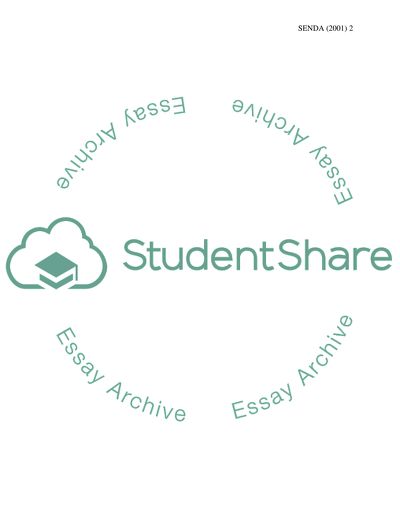Cite this document
(“Childrens Rights Protection Essay Example | Topics and Well Written Essays - 2000 words”, n.d.)
Retrieved from https://studentshare.org/psychology/1499319-childrens-rights-protection
Retrieved from https://studentshare.org/psychology/1499319-childrens-rights-protection
(Childrens Rights Protection Essay Example | Topics and Well Written Essays - 2000 Words)
https://studentshare.org/psychology/1499319-childrens-rights-protection.
https://studentshare.org/psychology/1499319-childrens-rights-protection.
“Childrens Rights Protection Essay Example | Topics and Well Written Essays - 2000 Words”, n.d. https://studentshare.org/psychology/1499319-childrens-rights-protection.


